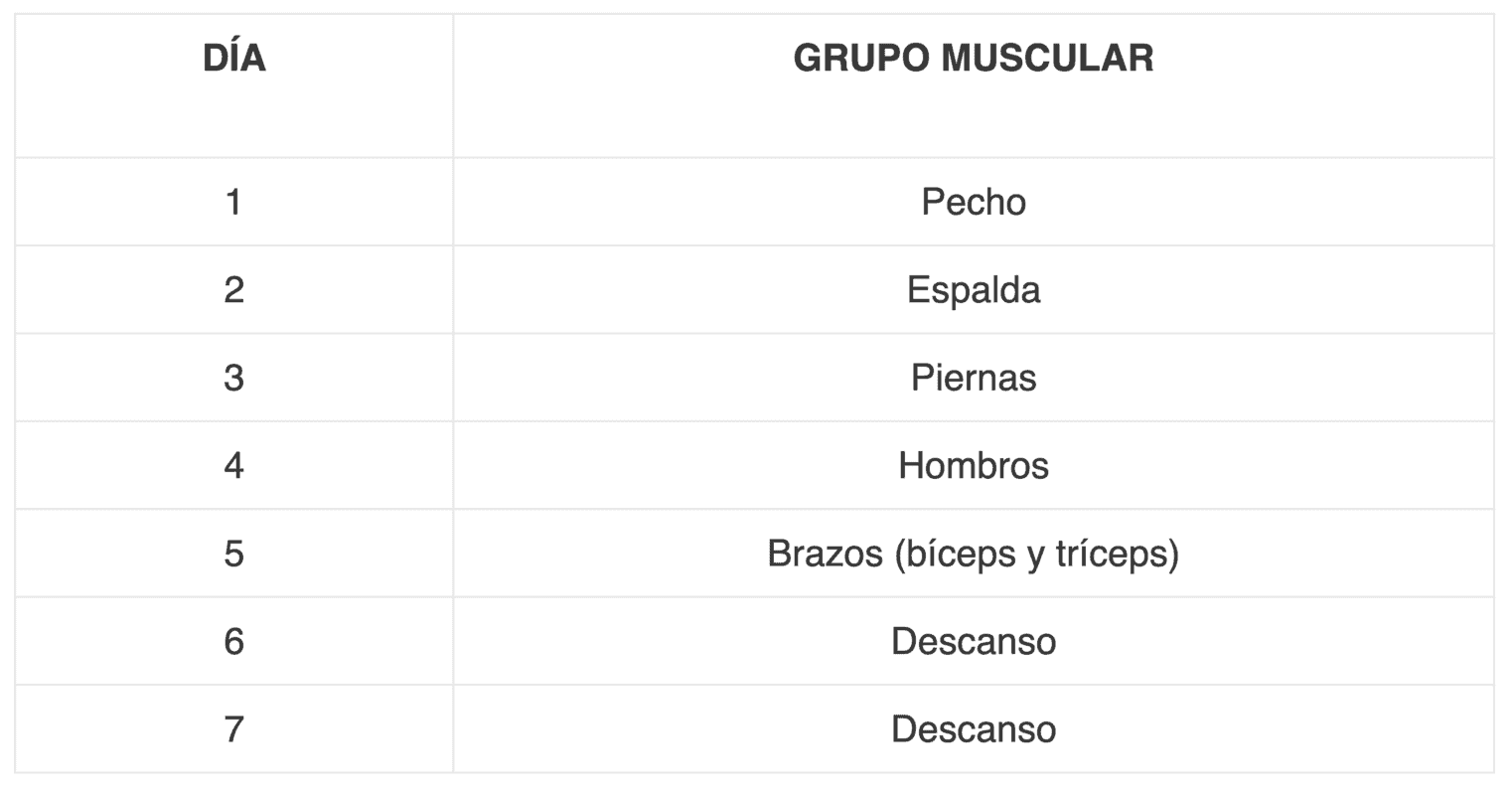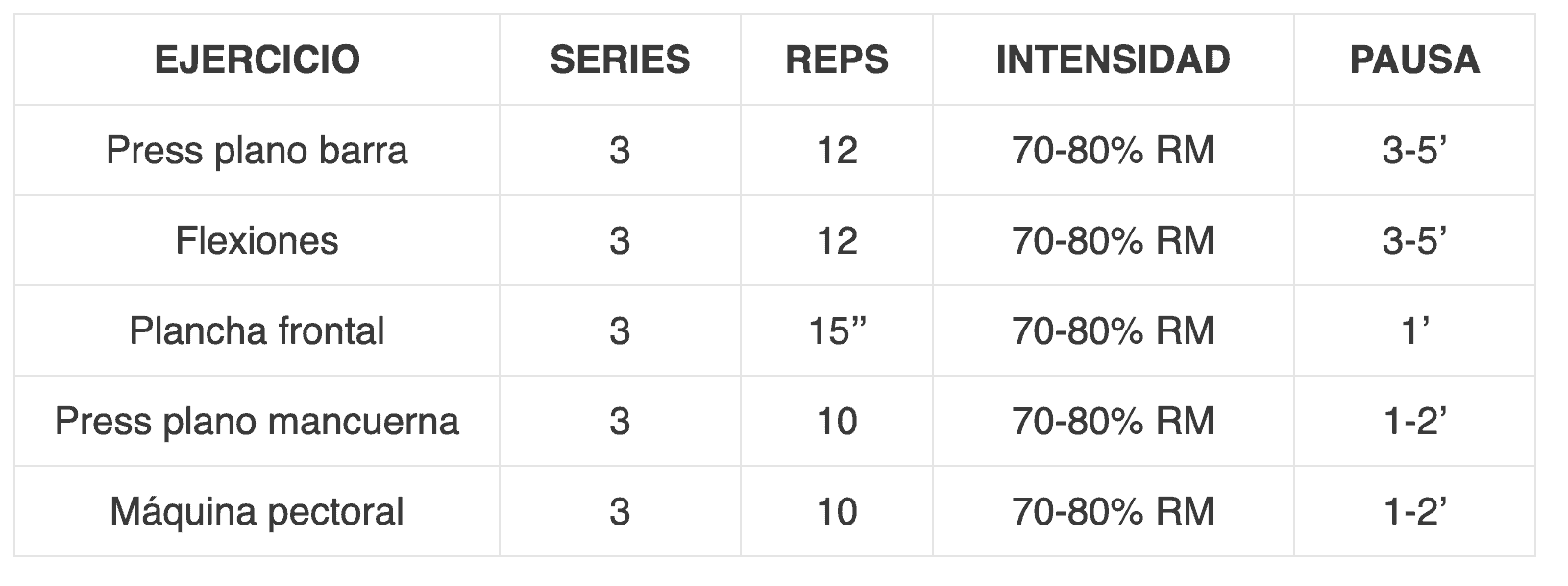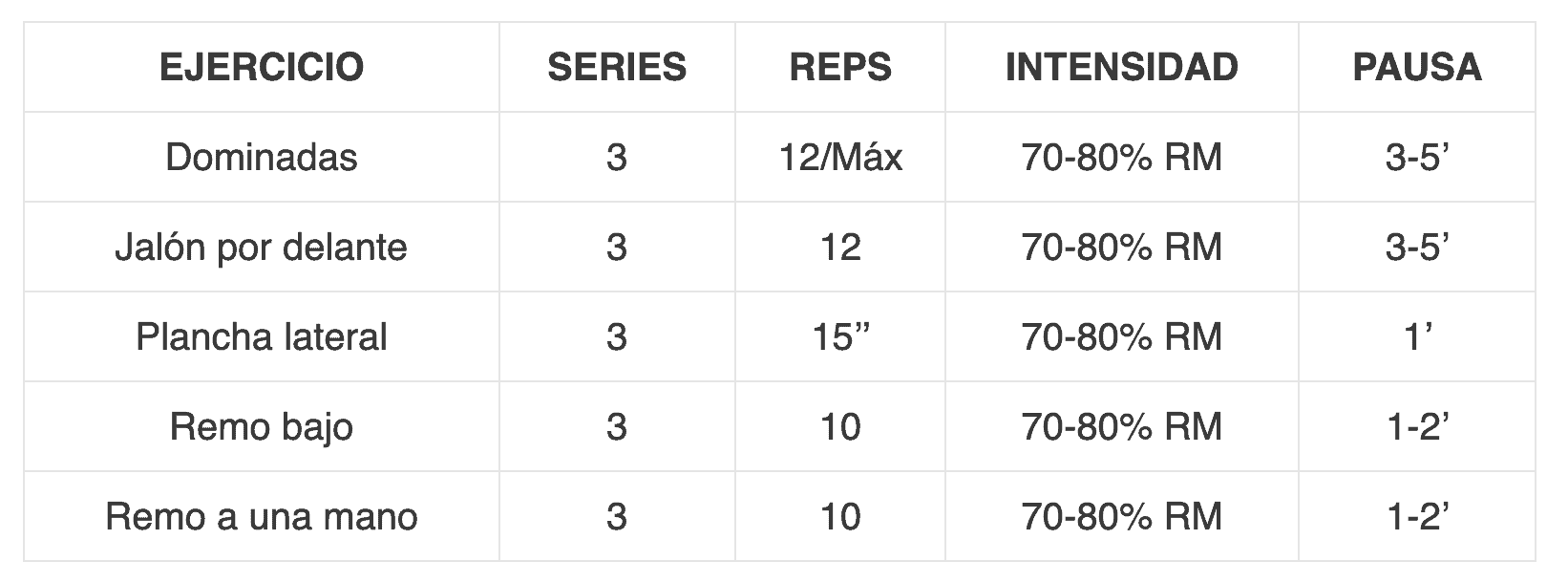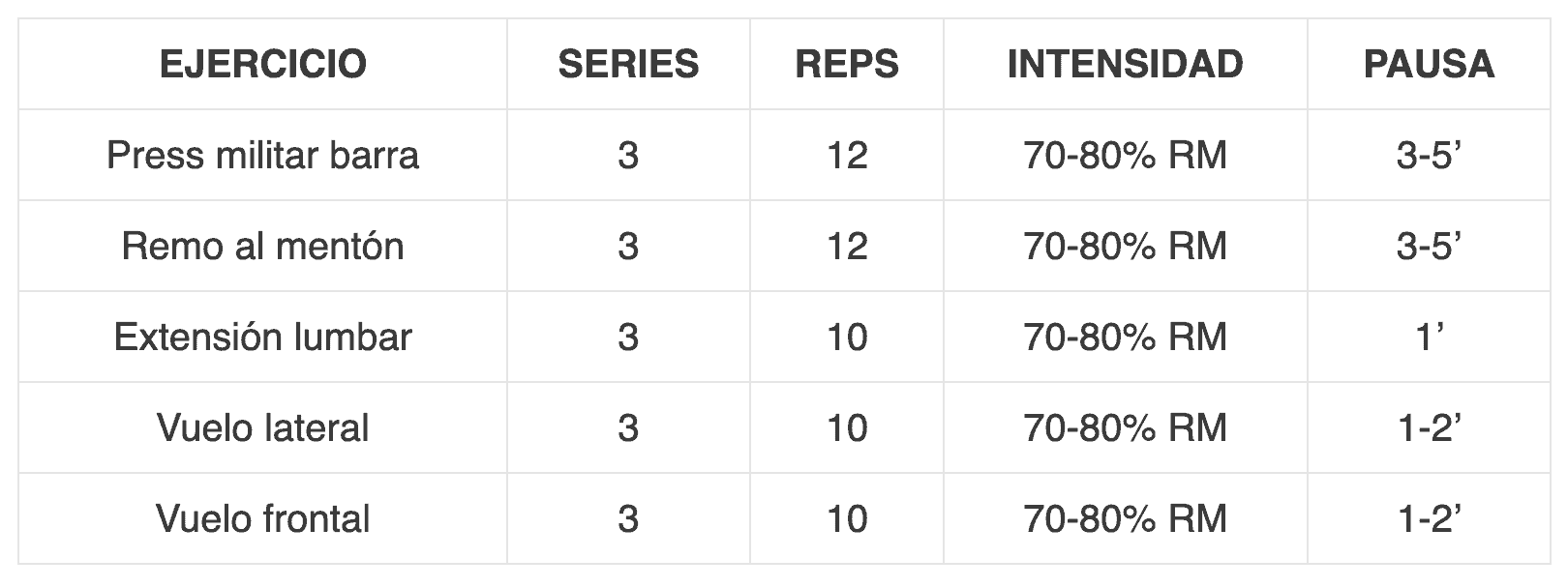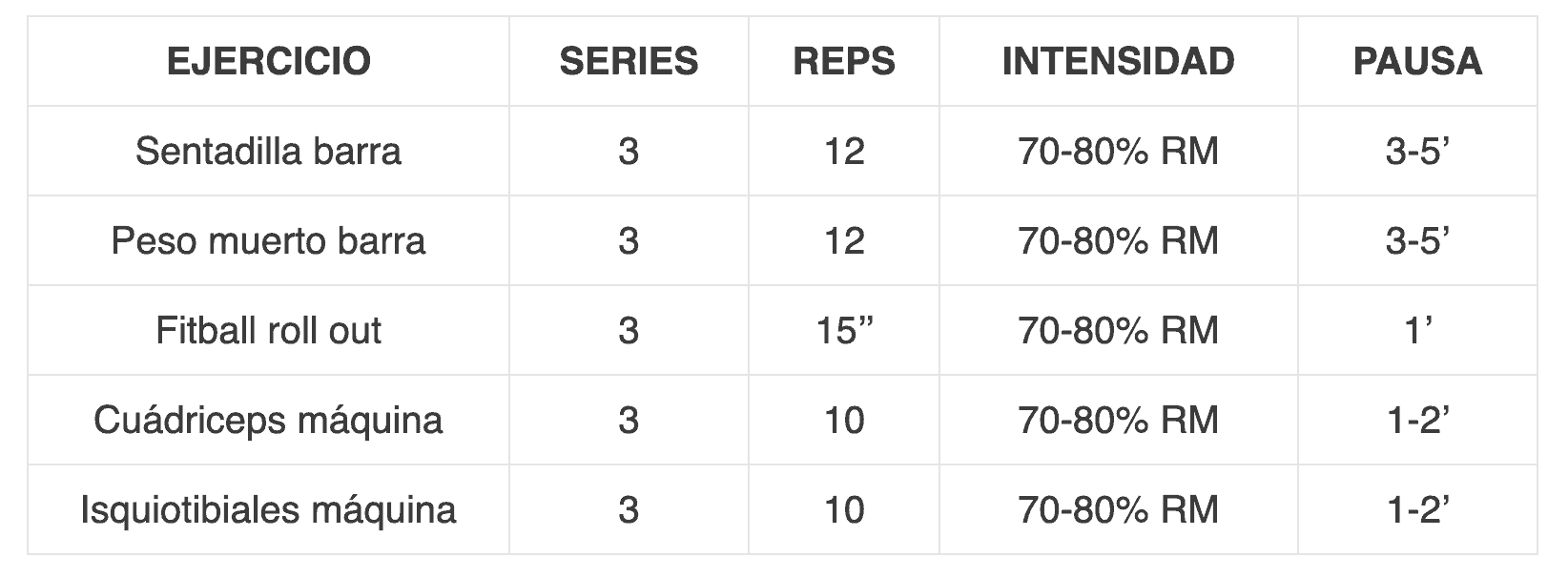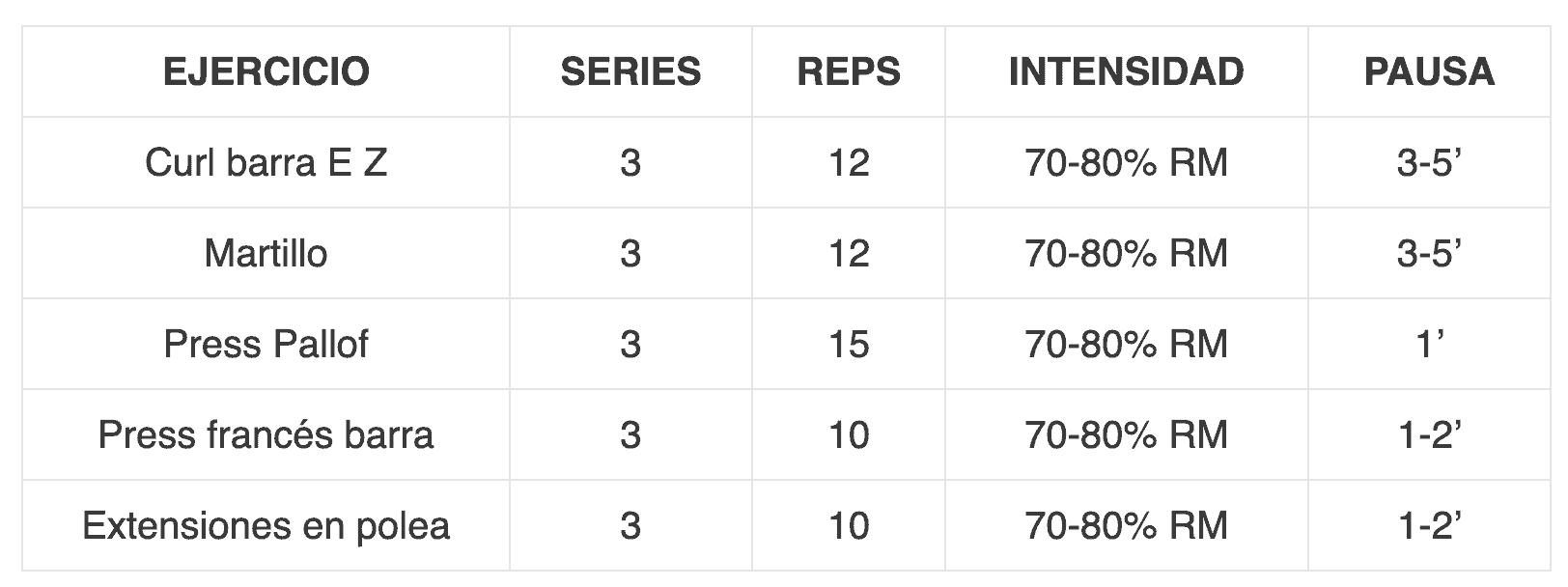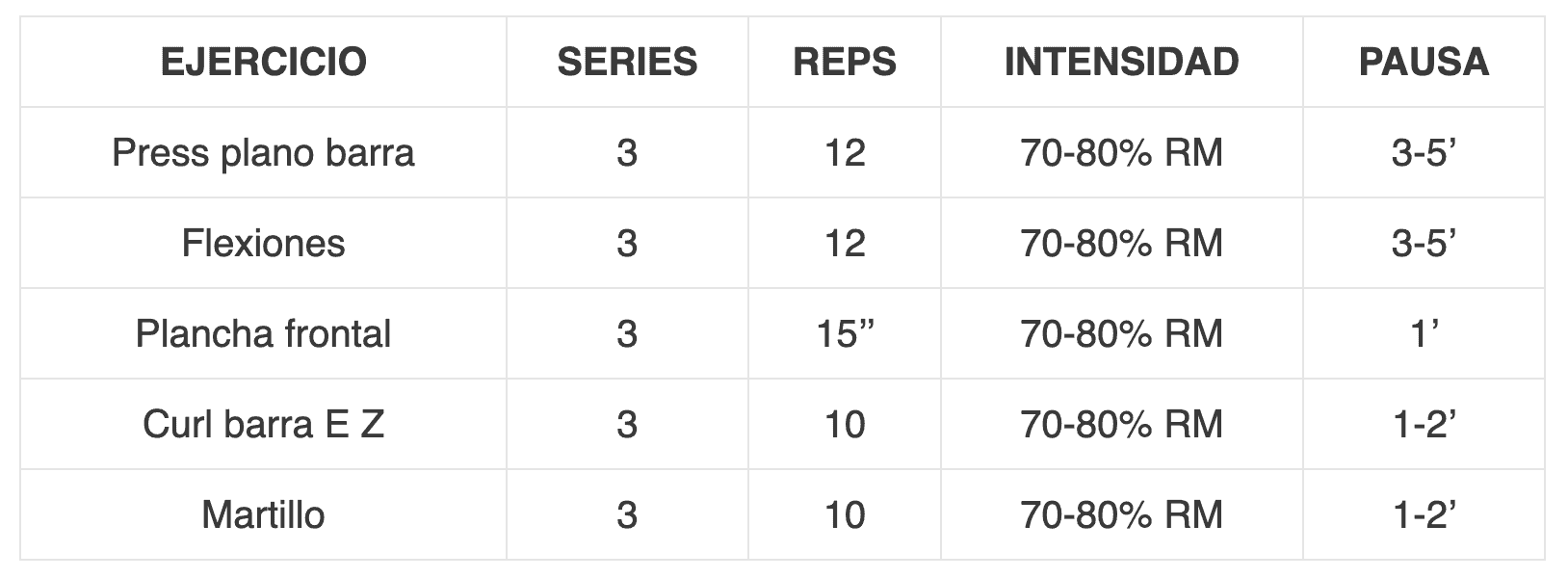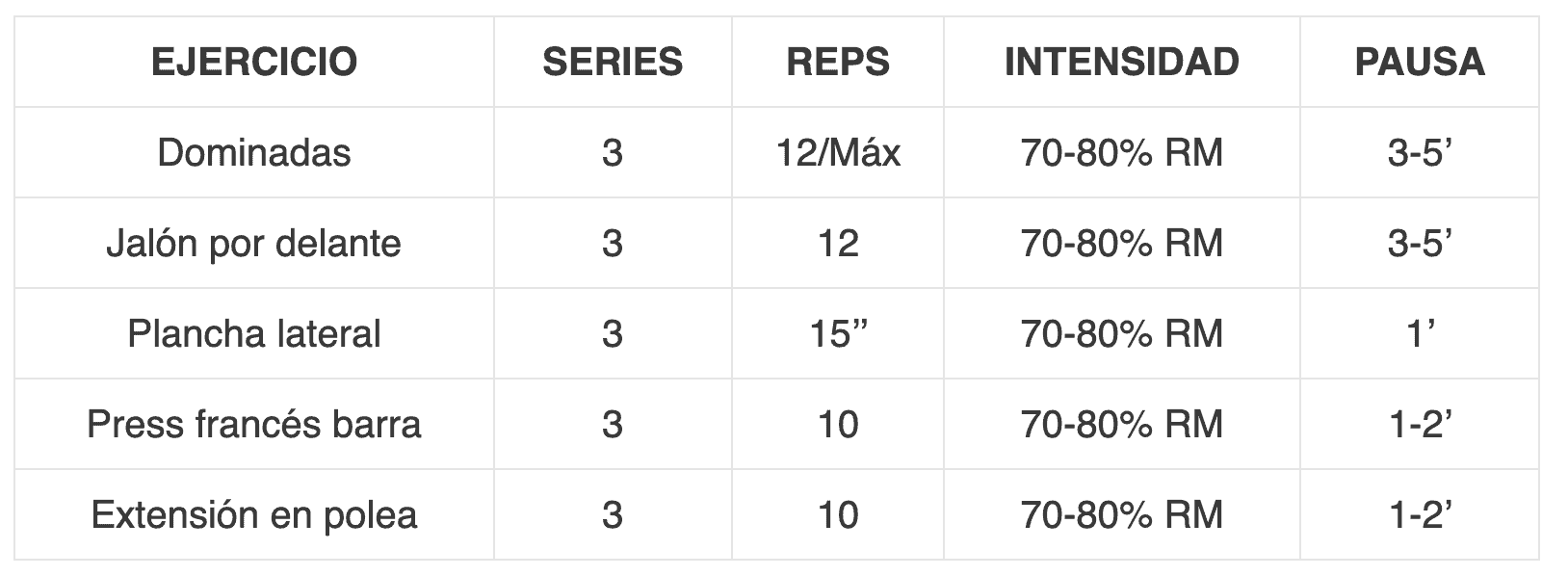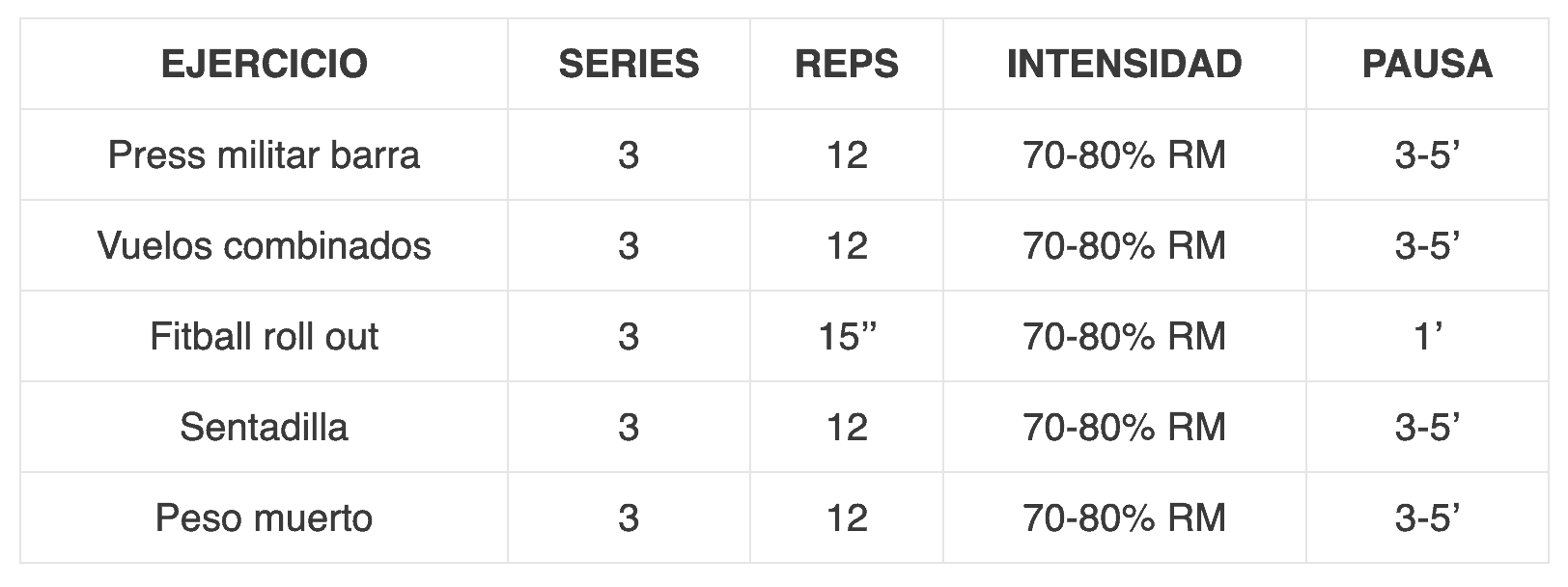The present article analyzes the fundamental aspects of the Weider routine. Its origin, main characteristics, and practical application for a 3 and 5-day plan.
What is the origin of the Weider routine?
Joe Weider (1919-2013), bodybuilder and founder of the International Federation of Fitness and Bodybuilding (IFBB) and creator of Miss and Mr. Olympia, was the one who popularized this training method.
Thus, in the mid-1940s, he established the system we know today as the “Weider Routine.”
Thus, the training focuses on one or two muscle groups per session using isolation exercises, a method that gained popularity thanks to media figures such as Ronnie Coleman or Arnold Schwarzenegger.
Characteristics of the Weider routine
- It presents high components of volume and intensity per muscle or muscle group.
- It presents low weekly frequency per muscle group.
- As it involves muscle isolation, it requires the use of machines that allow working for this purpose.
- It is not recommended for sedentary individuals, beginners, people returning from an injury, or special populations (subjects with overweight, obesity, or type II diabetes).
- It is recommended for individuals with experience in muscle training, and with very specific goals (for example, gaining muscle mass).
How to organize a Weider routine?
Unlike full body routines (where the whole body is worked in each session), the Weider routines focus the work on one muscle or muscle group. This implies that to work the whole body, we will have to do at least a minimum of 3 or 4 days a week.
Normally the routine is organized in 5 days:
Dosage of the Weider routine
Regarding the core area, we will say that its planning will depend on our level and preferences. It can be included in the initial part (as a warm-up) or in the middle of the routine (as we will see later).
Thus, the dosage in a Weider routine is as follows:
- Sets: between 3 and 4 for large groups; 2 to 3 for small groups.
- Repetitions: 8 to 12 for large groups; 10 to 15 for small groups.
- Intensity: between 70 and 80% RM.
- Rest: 3 to 5 minutes for large groups; 1 to 2 minutes for small groups.
What exercises can we use for each muscle group?
- Chest: bench press with bar (flat, inclined, or declined) and push-ups as main exercises. Dumbbell press and flyes.
- Back: pulley pull-downs and pull-ups as main exercises. Rows (any variant).
- Legs: squat and deadlift as main exercises (with any of their variants). Quadriceps and hamstrings on the machine.
- Shoulder: military press and upright row as main exercises. Lateral and front raises.
- Biceps: curl (bar, dumbbell, or pulley).
- Triceps: extensions (pulley, dumbbell, bar, or dips with body weight).
Examples of Weider routine
Below we will see two practical examples: one of 5 days (classic scheme) and another of 3 (variant).
5-day Weider routine
Below we share a 5-day Weider routine. We hope you like it and can take advantage of it in your weekly workouts.
Day 1: chest
Day 2: back
Day 3: shoulder
Day 4: legs
Day 5: arms
3-day Weider routine
Next, we will show you an example Weider routine, but this time for only 3 weekly days of training frequency.
Day 1: chest and biceps
Day 2: back and triceps
Day 3: shoulder and legs
Conclusion
The options seen for 3 and 5 days will mainly depend on the person’s level, as well as their goals, needs, possibilities, and interests.
A crucial point is the need to have machines for accessory exercises, so attending a gym with such equipment is essential.
From our perspective, we recommend this routine for those who are lovers of classic bodybuilding, who prefer to work each muscle group in isolation.
While for those who are beginners, sedentary, or with a particular pathology, we do not recommend this type of training.
Bibliographic references
- MacDougall JD, Gibala MJ, Tarnopolsky MA, MacDonald JR, Interisano SA, Yarasheski KE. (1995). The time course for elevated muscle protein synthesis following heavy resistance exercise.
- Gentil P, Soares SR, Pereira MC, Cunha RR, Martorelli SS, Martorelli AS, Bottaro M. (2013). Effect of adding single-joint exercises to a multi-joint exercise resistance-training program on strength and hypertrophy in untrained subjects.
- Schoenfeld, B. J., Ogborn, D., & Krieger, J. W. (2016). Effects of Resistance Training Frequency on Measures of Muscle Hypertrophy: A Systematic Review and Meta-Analysis. Sports Med, 46(11), 1689-1697.
- Schoenfeld, B. J., Ratamess, N. A., Peterson, M. D., Contreras, B., & Tiryaki-Sonmez, G. (2015). Influence of Resistance Training Frequency on Muscular Adaptations in Well-Trained Men. J Strength Cond Res, 29(7), 1821-1829.
- S. M. Phillips, K. D. Tipton, A. Aarsland, S. E. Wolf, R. R. Wolfe. (1997). Mixed muscle protein synthesis and breakdown after resistance exercise in humans American Journal of Physiology – Endocrinology and Metabolism.

